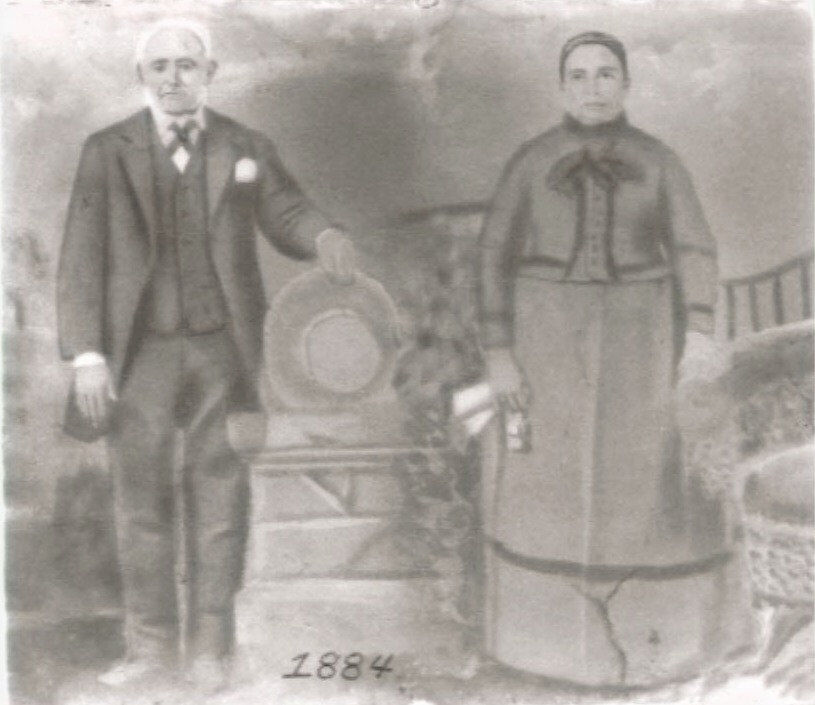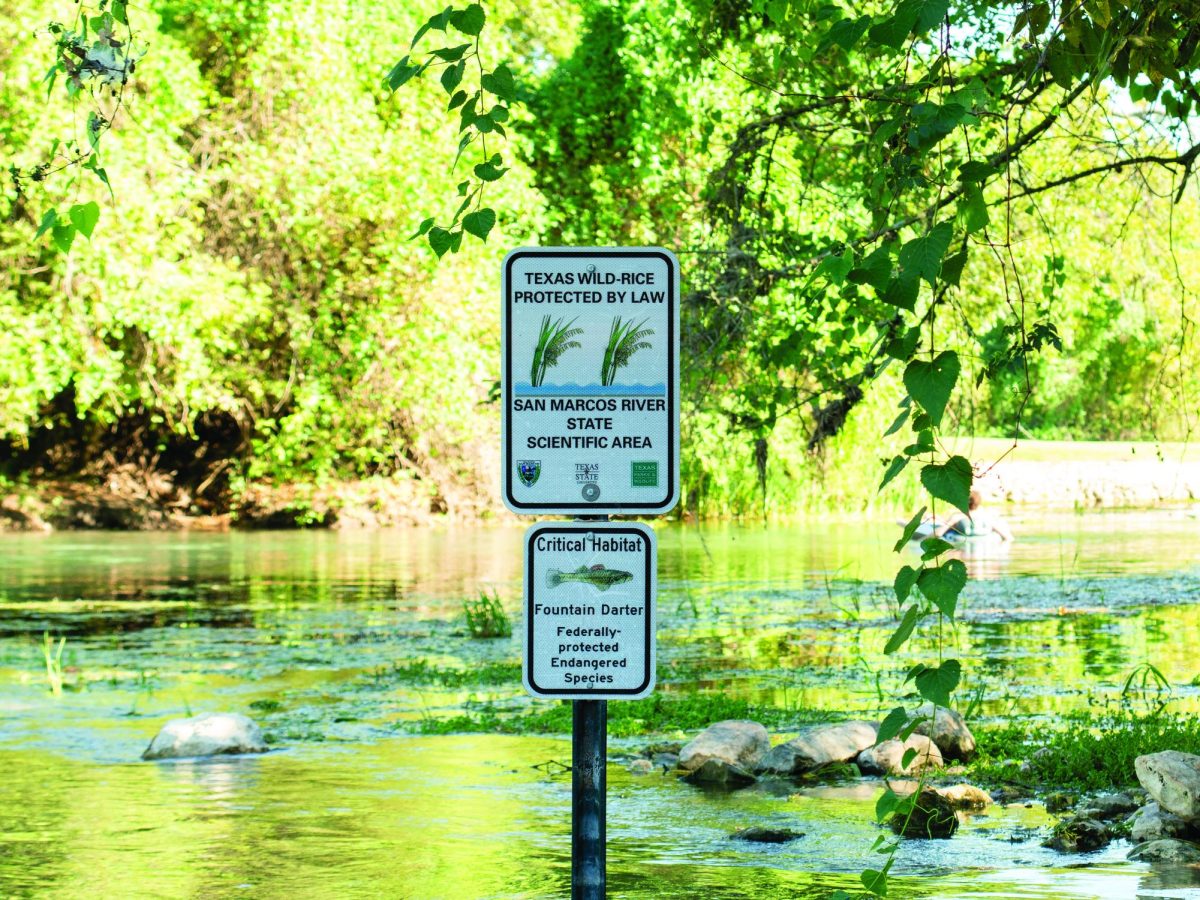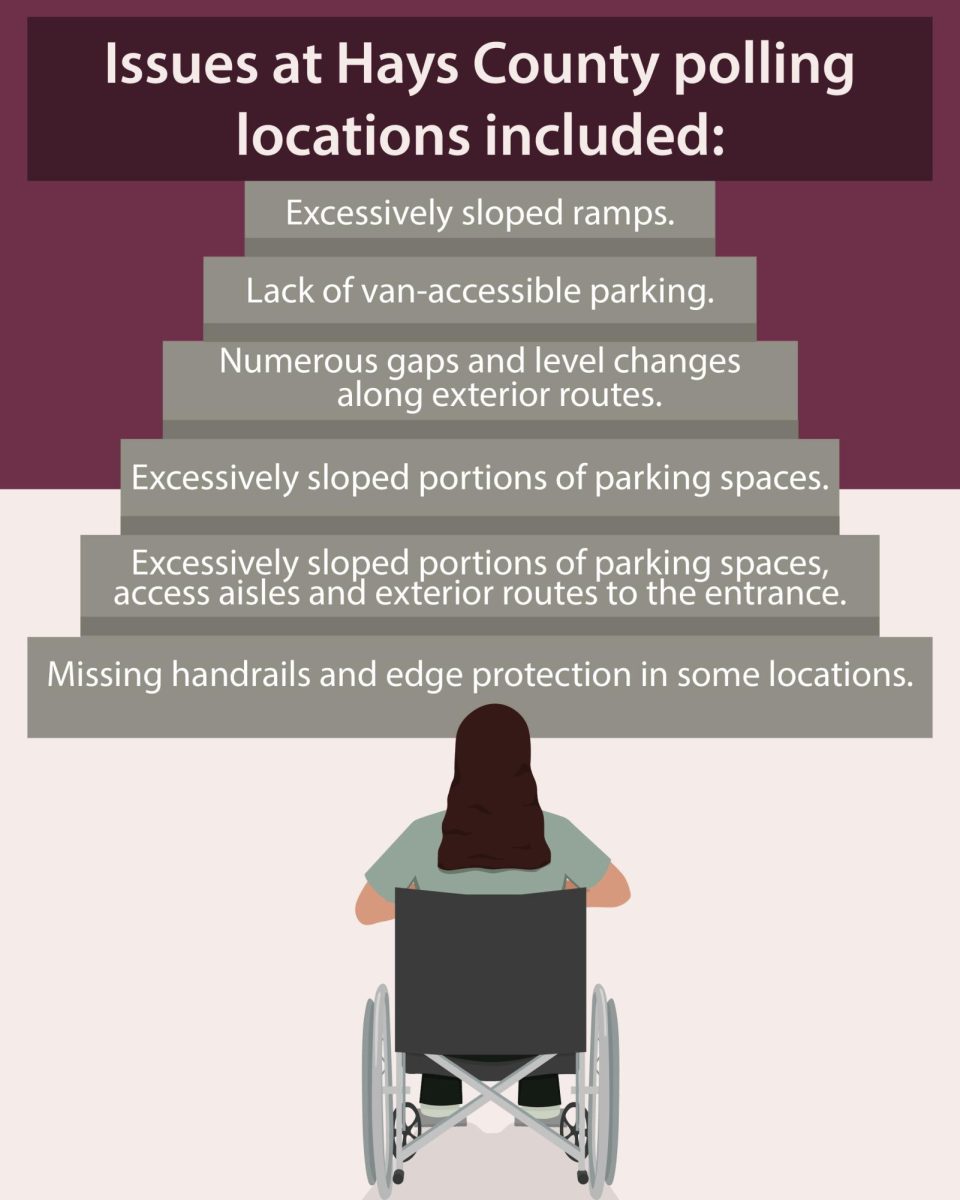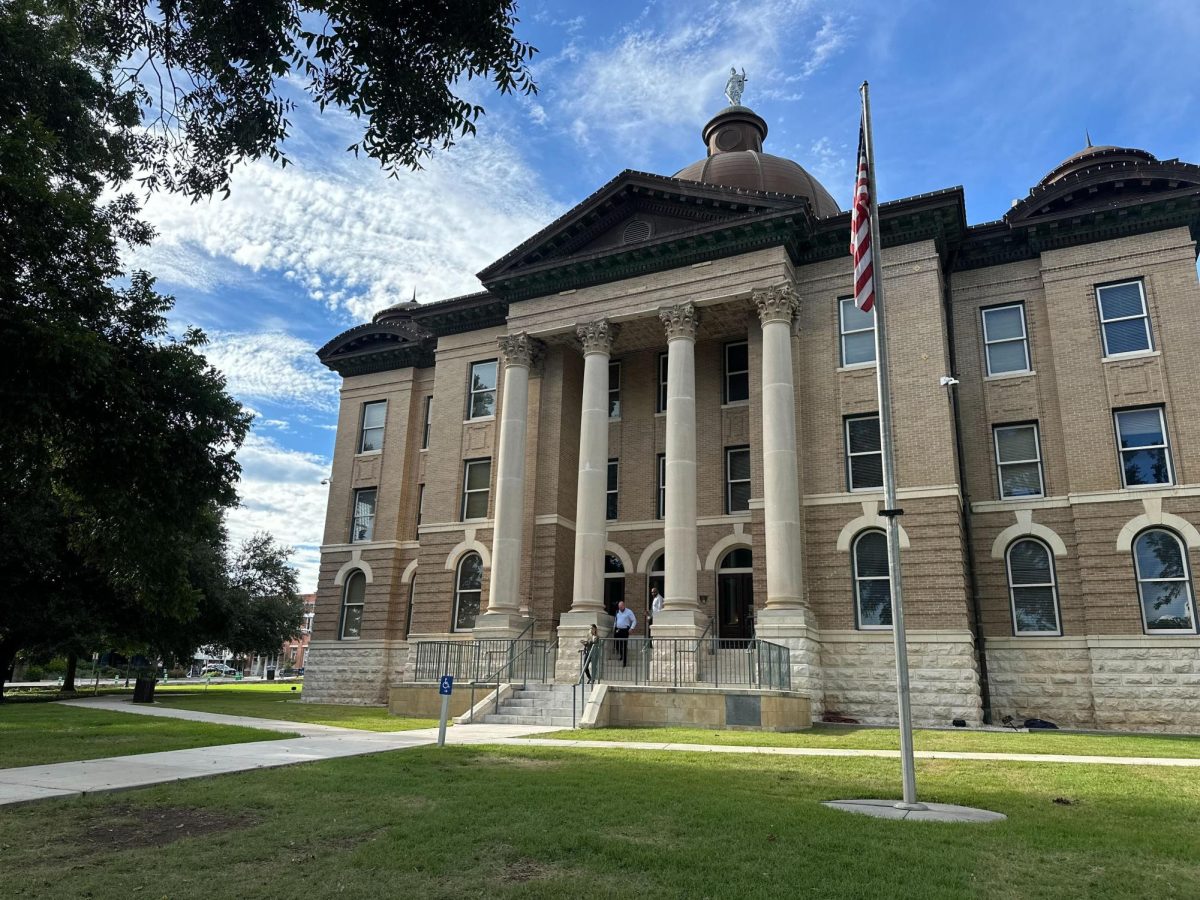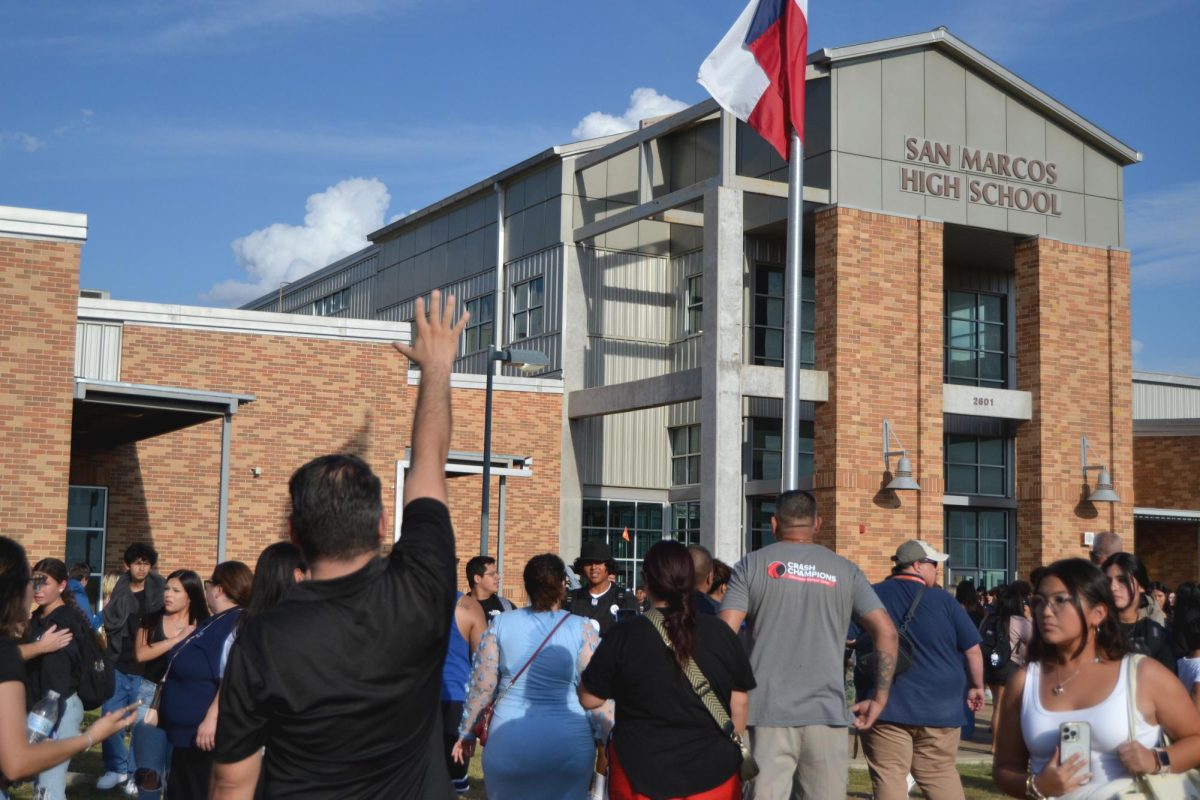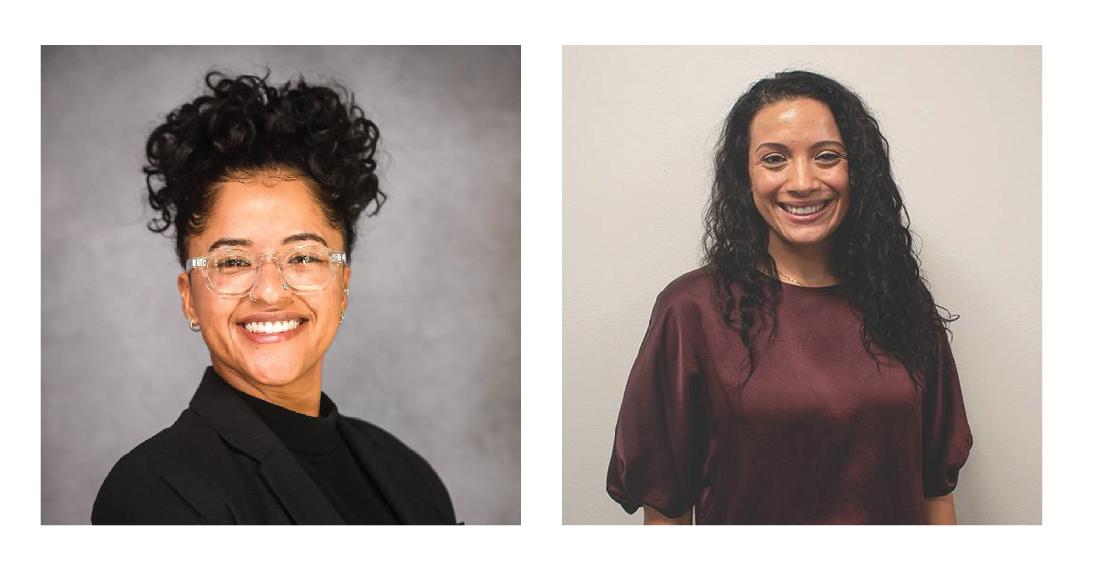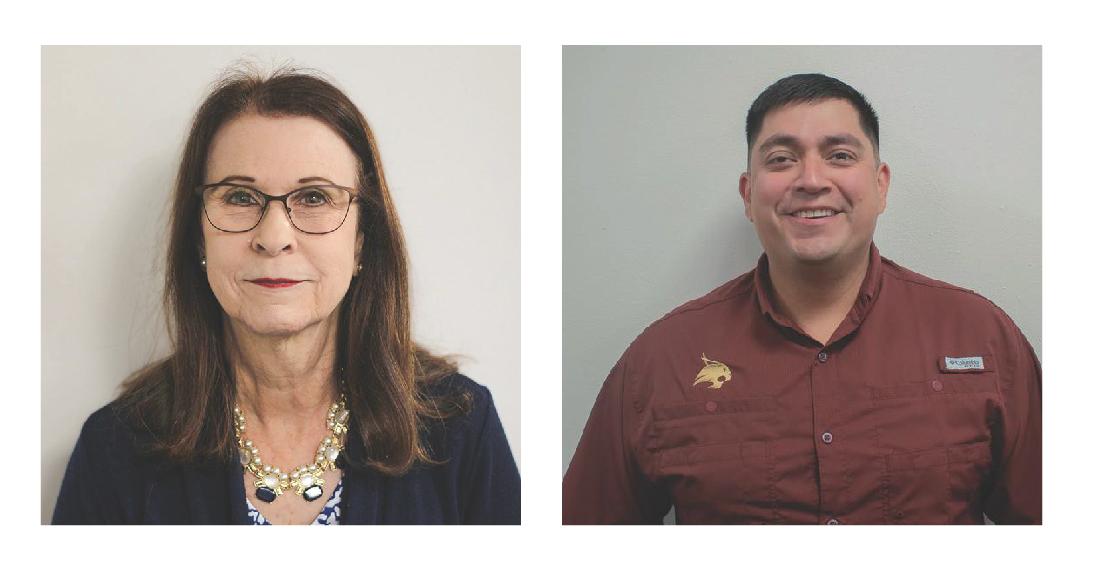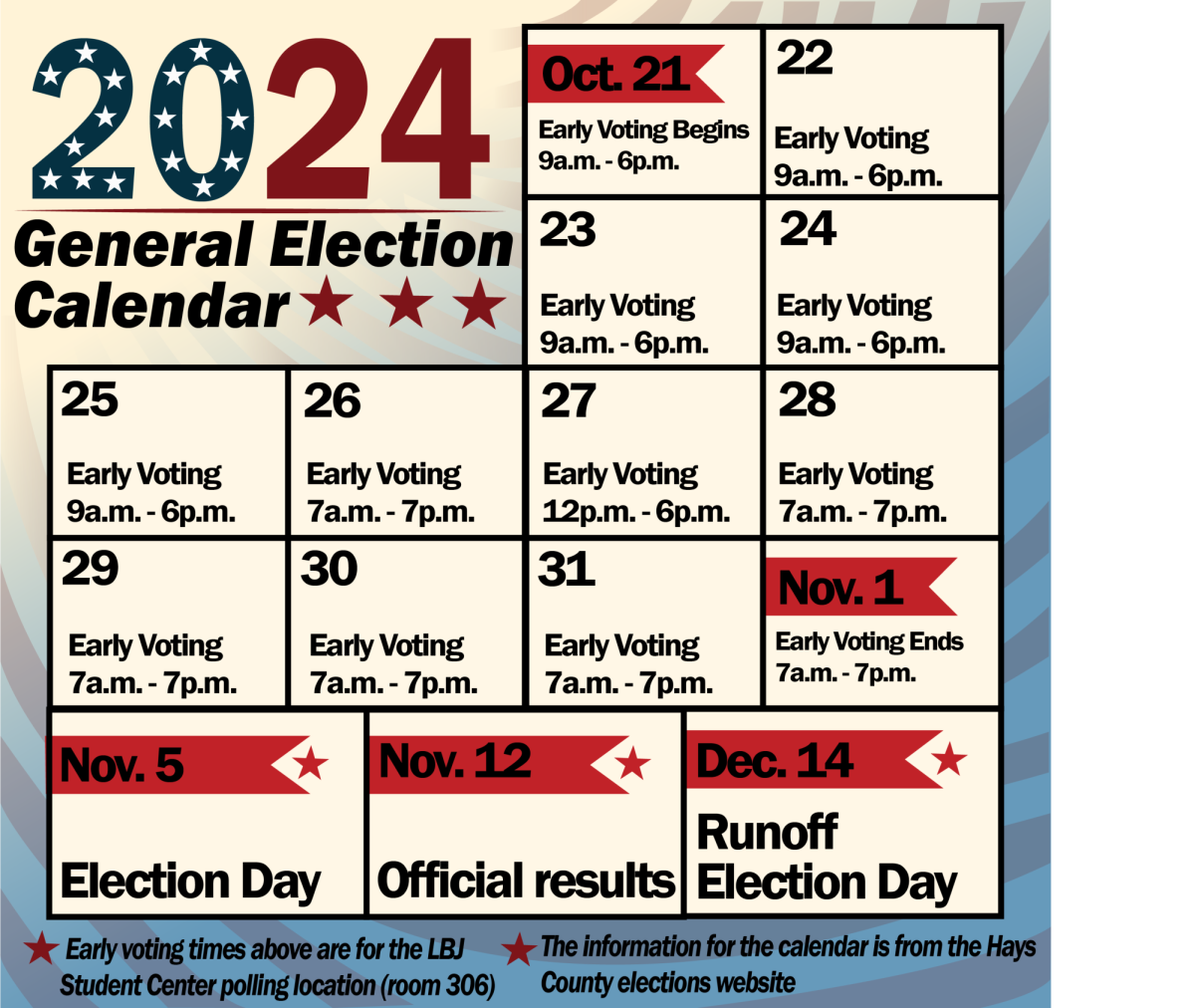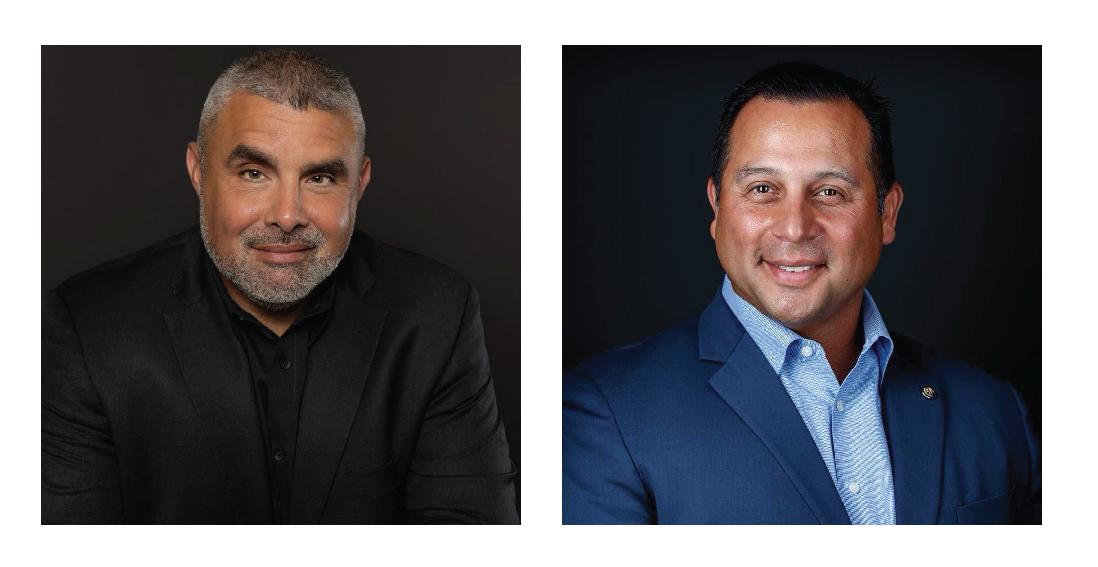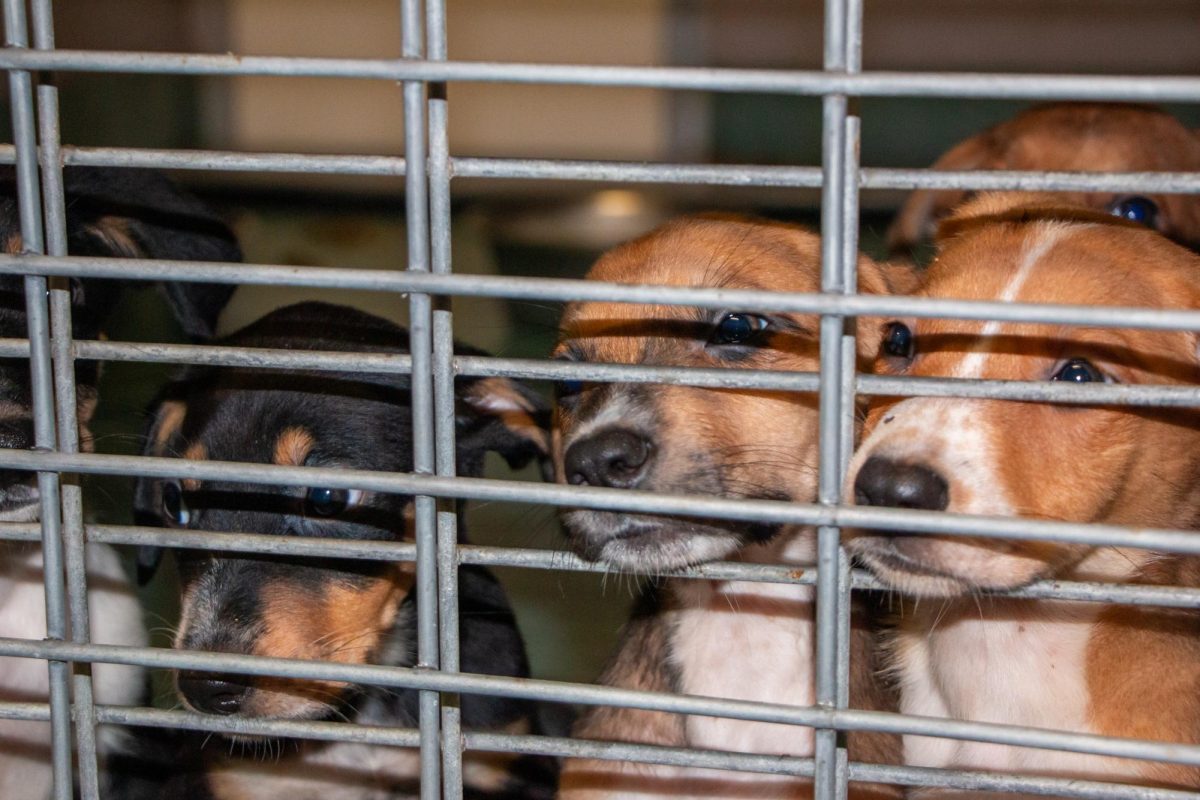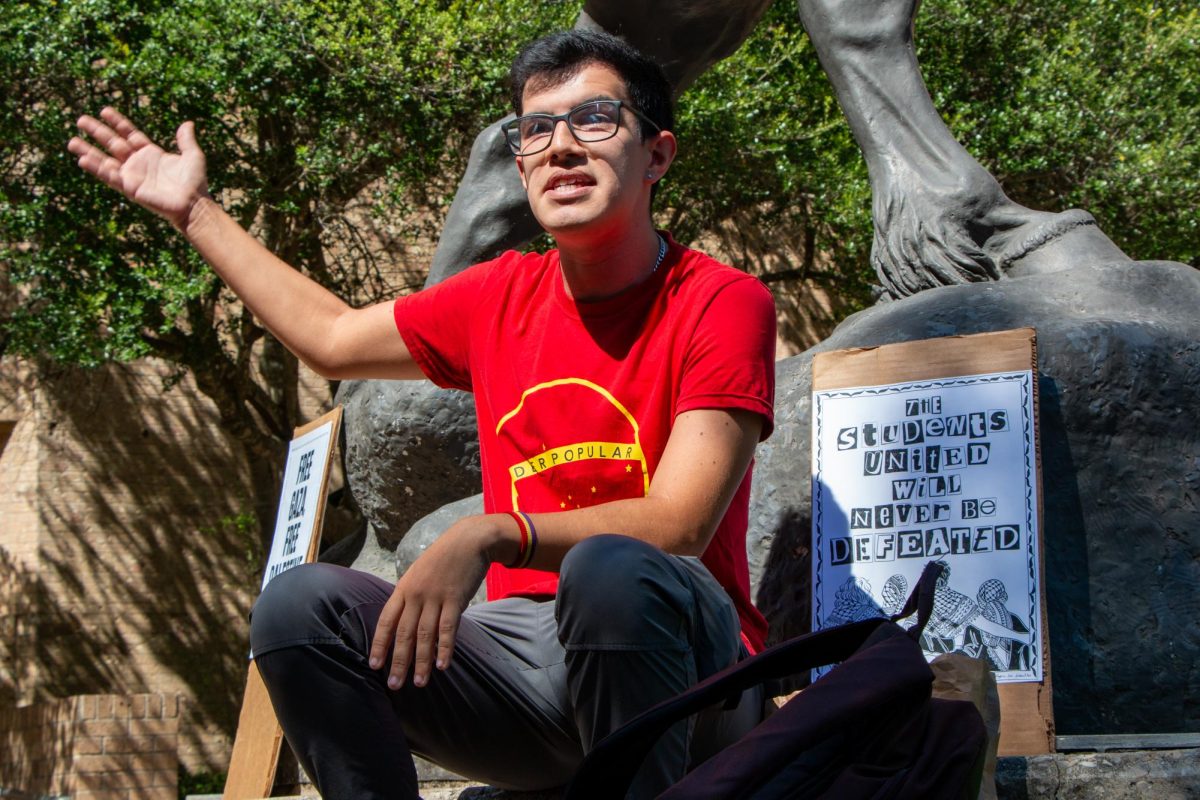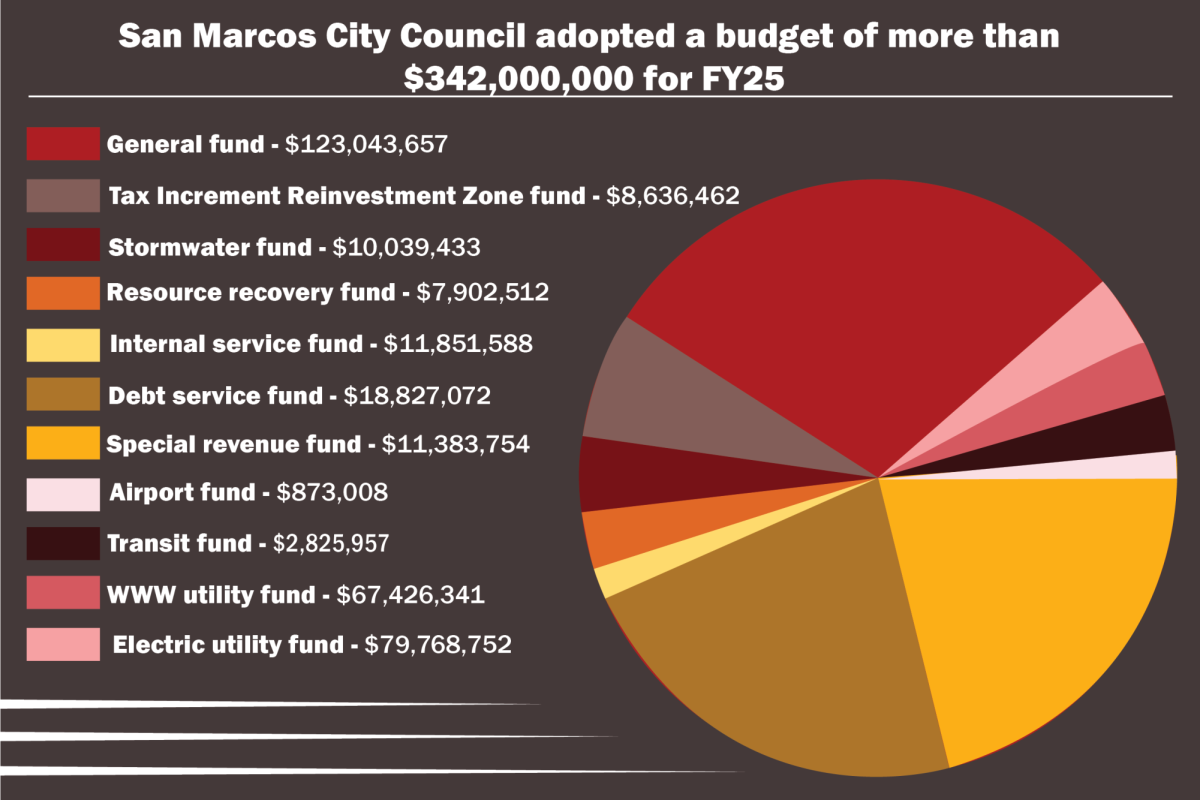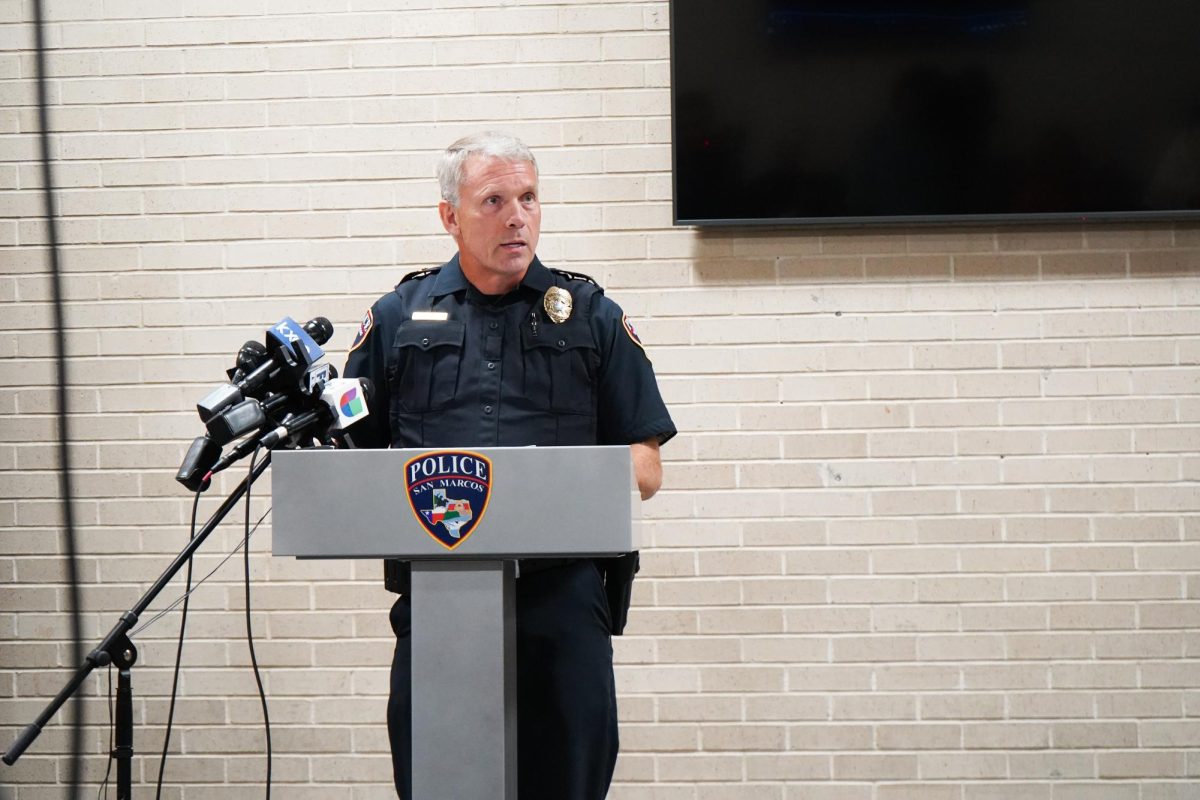The Texas Historical Commission is set to install a historical marker in Kyle, Texas, honoring the history of Hays County vaqueros (cowboys), ranch hands and stock raisers.
In the past year, the historical commission received applications from over 64 councils seeking to obtain a historical marker for their respective county. Out of the applications received, the commission selected 15 councils across Texas including the Council for the Indigenous and Tejano Community (CITC) in Hays County.
The CITC applied for the grant on behalf of the descendants of Pedro Veracruz, a former Hays County vaquero who first visited Texas in 1836. According to CITC Chair Gina Alba-Rogers, Veracruz likely worked on his own farm in Hays County as evident from his cattle brand that was registered with the state of Texas.
“Pedro Veracruz was born very early in Texas history and was present during the Battle of the Alamo,” Alba-Rogers said. “He married in Hays County in the late 1880s, and then raised 14 children there.”
As of now, the historical marker is set to be installed at the Rand Hand/Native American Cemetery where Veracruz and other Mexican ranch hands are buried. The burial was created to provide a proper burial ground for Mexicans of the Kyle area.
The story of Mexican American history is often difficult to piece together as much of the history is oral and told through stories rather than recorded in documents. However, Veracruz’s daughter, Teresita Veracruz Candelaria, kept a journal detailing her family’s births, marriages and deaths.
“These records are stories that should be shared with the greater public,” Alba-Rogers said. “There’s so few accounts where you can actually document the Mexican-American history and we were just so fortunate that the family had maintained records of these records of their lives.”
The CITC was established by Hays County Judge Ruben Becerra in January 2021 with the goal of preserving historic stories of the local Indigenous and Tejano community, much like the story of the local vaquero.
Originally, Veracruz’s story was denied by the Hays County Historical Commission, a county committee that aims to preserve the history and cultural resources of Hays County. Becerra said in the past, the historical commission has been reluctant in telling the story of Indigenous people which is why he set out to create the CITC.
“I said let’s create our own organization that will focus on telling these stories that the Hays County Historical Commission has refused. I will happily say it that way, they refused to engage in,” Becerra said.
The historical marker is intended to honor the people that lived in Hays County. Becerra wants the accomplishments of Indigenous people to be seen as a celebration of where the county came from.
“[The historical marker] can be used as a reminder, don’t dim your lights and shine bright, however, bleak your story may have been made to look like vaqueros were a key part of our history as Tejanos, and there’s no getting away from it. So, honor that history and honor your past,” Becerra said.
Maria F. Roccia, a member of CITC applied to be a member of the Hays County Historical Commission to push for more representation of Indigenous people. After being denied, Roccia worked with other activists and Becerra to form the new council.
“Since our representation wasn’t welcome, we decided we would create our own community board or community commission,” Roccia said. “So, we talked to the judge who was willing to form a council and help us to get started in telling our stories .”
Despite the group’s victory in securing a historical marker, Roccia and the council plan to continue pushing for recognition through sponsoring historical markers and educating Hays County on the oral history, art and culture of the Indigenous and Tejano communities.
“We have cemeteries, we have sacred sites. We have families who have lived here for 100 years and more and they’re not recorded anywhere. So, it’s important that their untold stories be recognized,” Roccia said.
For more information on the Hays County Council for the Indigenous and Tejano Community visit, https://www.citc.us.
The University Star reached out to the Hays County Historical Commission for this story but did not receive a response.
Categories:
Hays County works to tell untold story of local Indigenous community
Arthur Fairchild, News Editor
February 23, 2022
0
Donate to The University Star
Your donation will support the student journalists of Texas State University. Your contribution will allow us to purchase equipment and cover our annual website hosting costs.
More to Discover


